Do you enjoy making quilted throw pillows? If so, you know there are many ways to cover the back of your pillow. They have pros and cons but my typical method is the envelope back cover. It’s an easy foolproof way to cover your pillow and easy to remove as well! Today I have an easy tutorial for you for making an easy envelope back pillow cover closure!
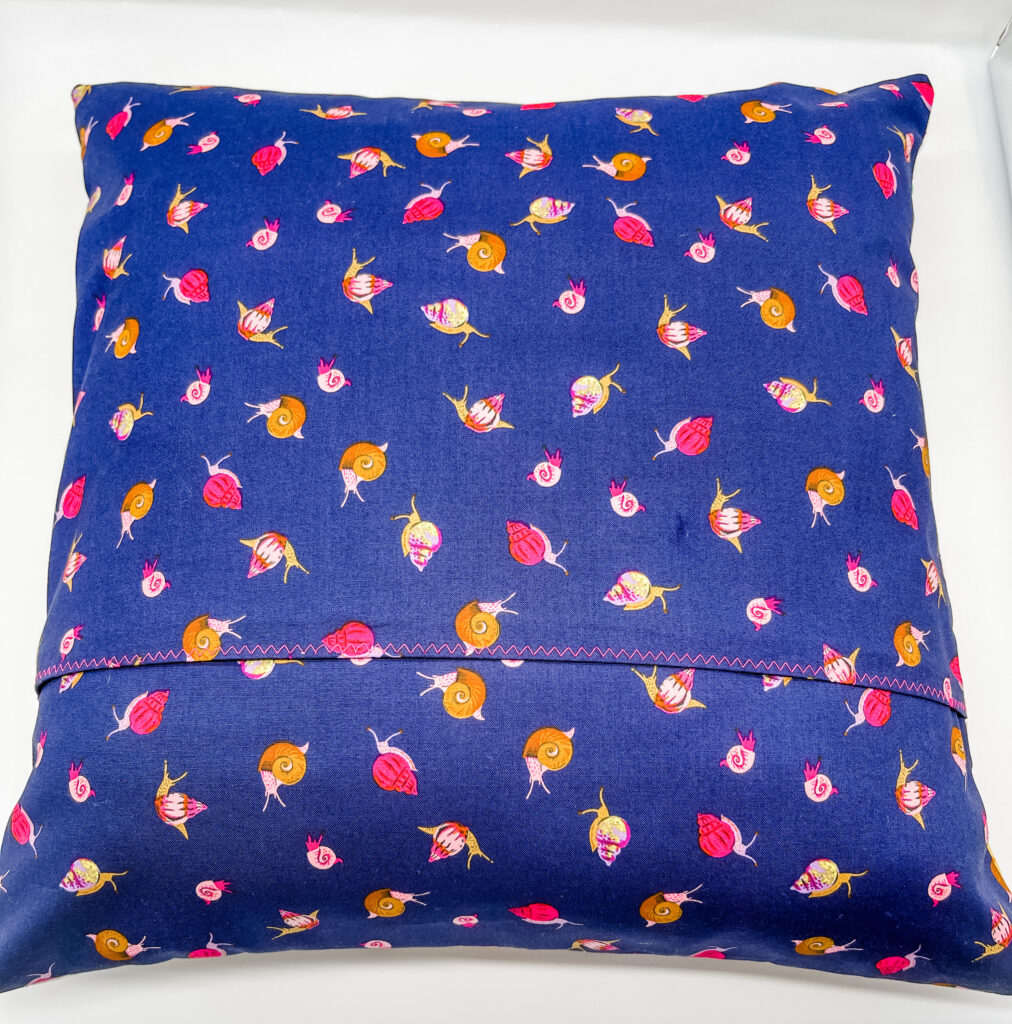
How to make an envelope back throw pillow cover closure
Quilted throw pillows
I LOVE making throw pillows and it is actually how I truly found my love of quilting. I have a rather short attention span, so I really enjoy making a single quilt block and transforming it into a throw pillow! Like magic!
You’ll also find that in many (if not most) of the quilt patterns I have designed, I give directions/suggestions on how to make the blocks into a quilted throw pillow! Take a look at this pillow version of my Lemon Squared quilt pattern!

And this Jelly Bean Jar quilted pillow!
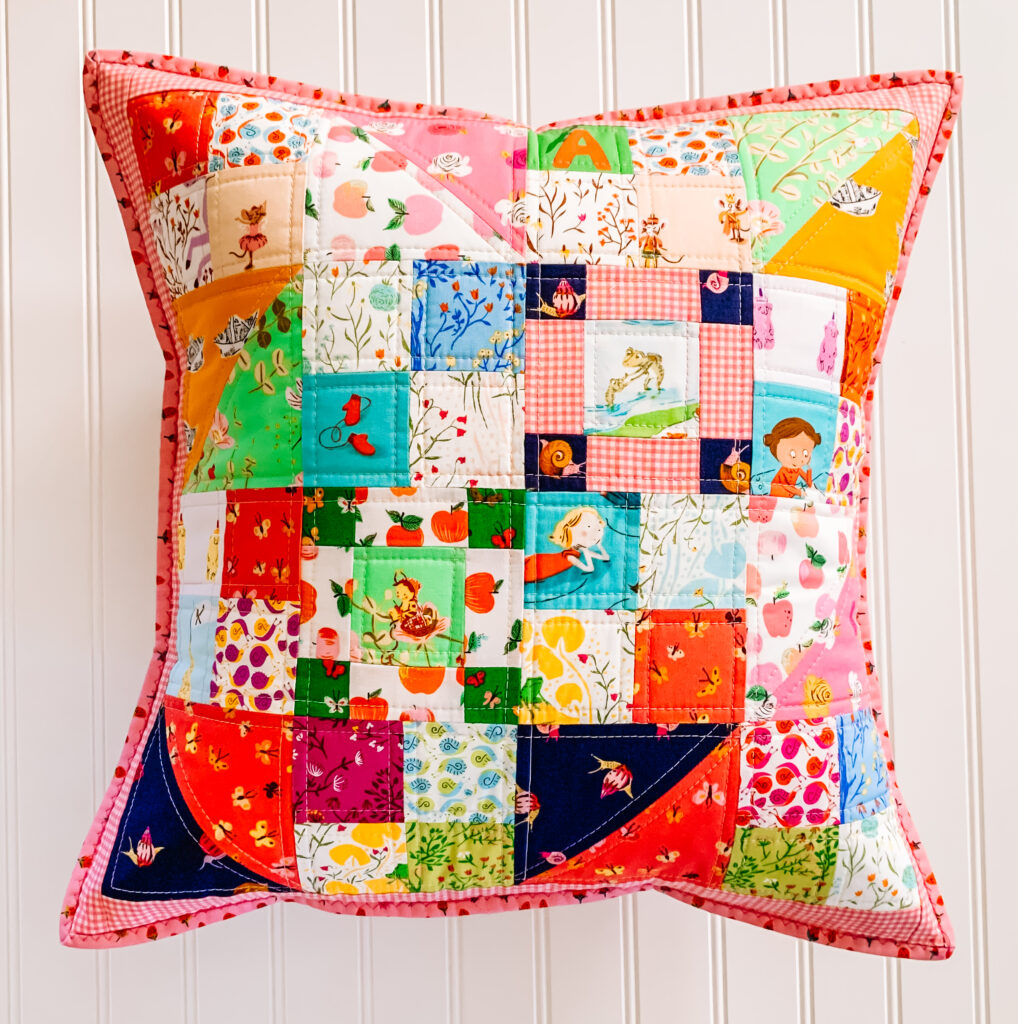
Finishing your throw pillows
There are several ways to finish a pillow cover. I find that the envelope backing is the easiest method and it provides a clean finished look. It is also “user-friendly,” as the pillow form can be easily inserted and removed. Some don’t like the envelope back because they have problems with a gap in the opening. So let’s address a few ways to tackle that objection right now!
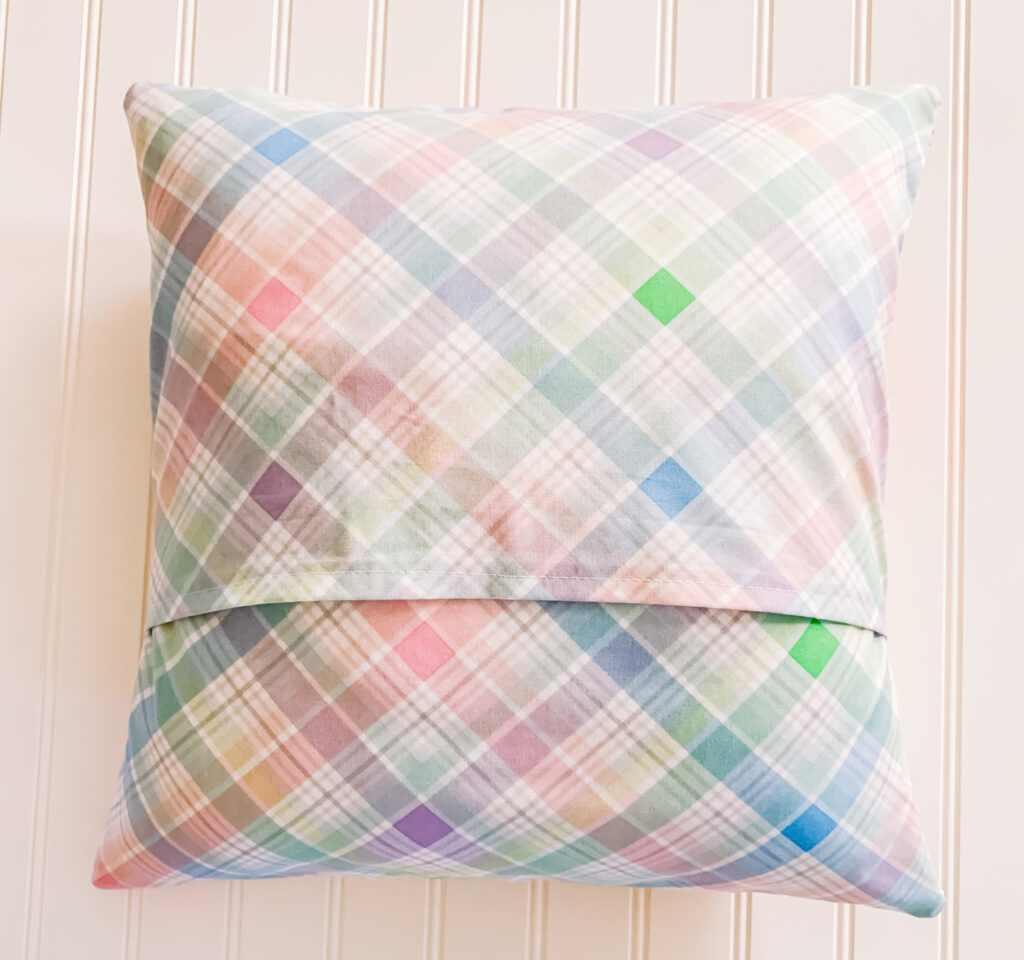
- Not all inserts are not created equal! Some are much fluffier and fuller than others. Of course, this depends on the type of material the insert is filled with (ex. goose down, goose alternative, polyester, bamboo). To add to the pillow mystification, sometimes, it’s just a matter of the manufacturer! Bottom line, if you are using a fuller insert, make sure your pillow cover will allow for it!
- Pillow insert size can vary! Meaning, a 16″ pillow cover does not necessarily require a 16″ pillow insert; you could also use a 14″ or even an 18″ if you want a fuller pillow. I usually use a bit larger pillow insert because I like the fuller look with my pillows. Meaning, depending on the fullness of my insert, I may use an 18″ insert in a 16″ pillow cover.
- Measurements! Pay attention to the unfinished size of your pillow cover pattern and your backing panel measurements! I’ve discovered the PERFECT measurements for envelope backing panels. I want an overlap of about 7″. Unfortunately, not all patterns out there provide a large enough overlap. Still, I’ve really found it to be the best size to accommodate various inserts out there.
Backing Panel Measurements
| Finished Pillow Size | Backing Panel Measurements (Make 2) |
|---|---|
| 14″ | 14 1/2″ x 10 1/2″ |
| 16″ | 16 1/2″ x 12 1/2″ |
| 18″ | 18 1/2″ x 14 1/2″ |
| 20″ | 20 1/2″ x 16 1/2″ |
Several quilters have mentioned to me in the past about how making the back closure for a throw pillow can be intimating. Well, fear not, I’m here to solve your pillow problem!
Today I will be sharing a tutorial with you on how to make a simple envelope closure for your throw pillow. You can use this type of closure with or without binding on your pillow. I’ve included two methods for finishing your pillow utilizing back panels. So keep reading!
Envelope back panels
Cut your (2) backing panels (using the chart above). I am using this beautiful Art Gallery Fabric print.
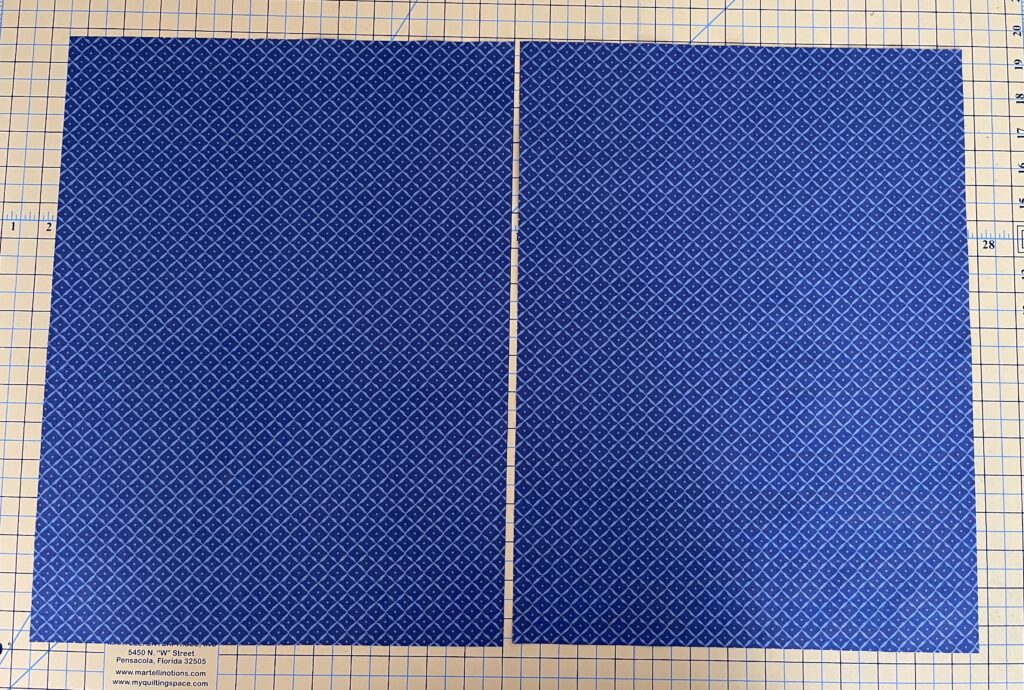
Place the panels right side down on your pressing surface/ironing board.
On one of the long edges, fold over 1/2″ and press. Then fold over another 1/2″ and press again. I use this nifty Dritz Ezy Hem Gauge as a guide, mainly because I stink at estimating measurements! I love this metal guide because you simply fold your fabric over and can iron right over it. Once you’ve ironed your folds, you can pin in place to hold the folds together.
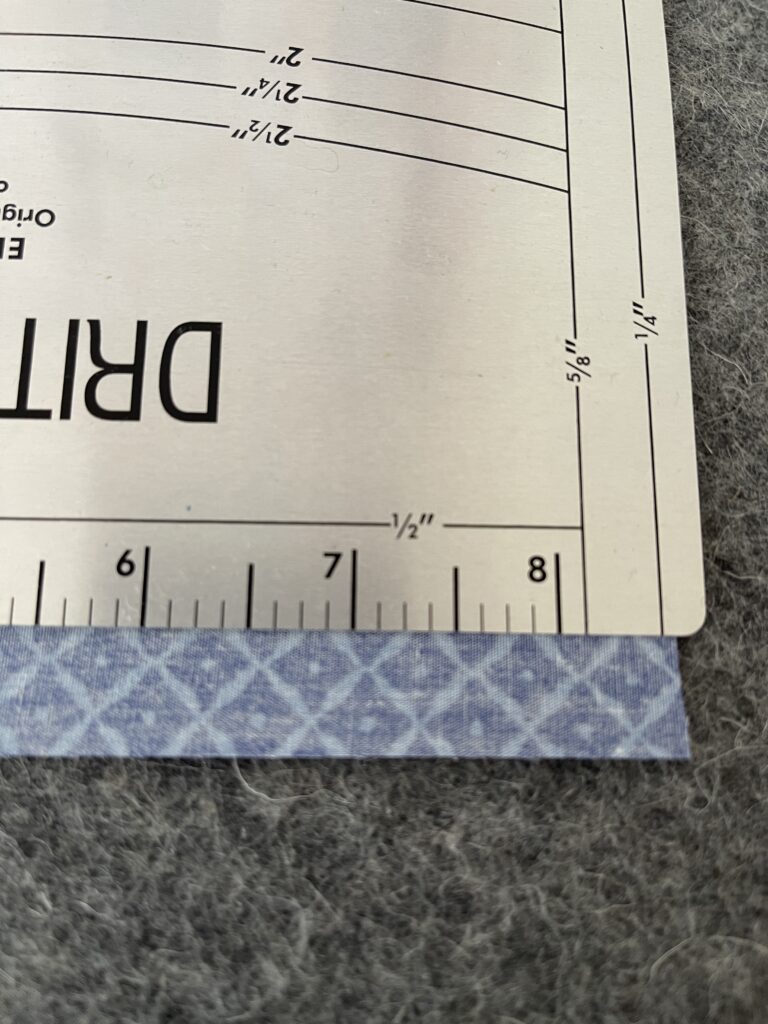
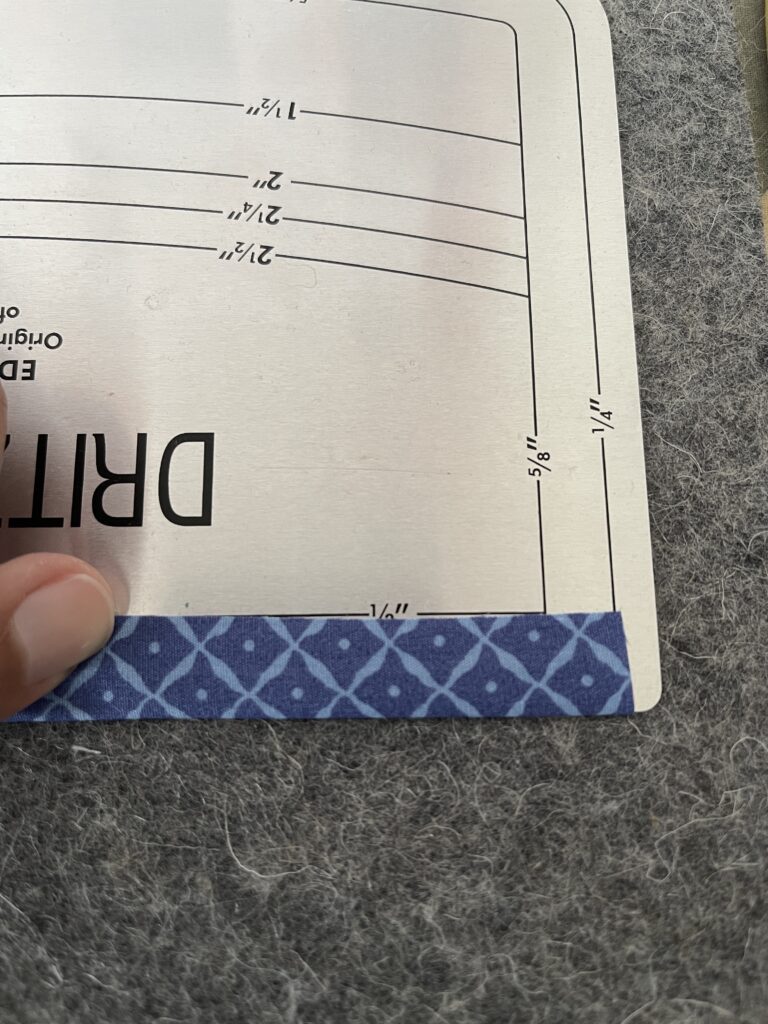
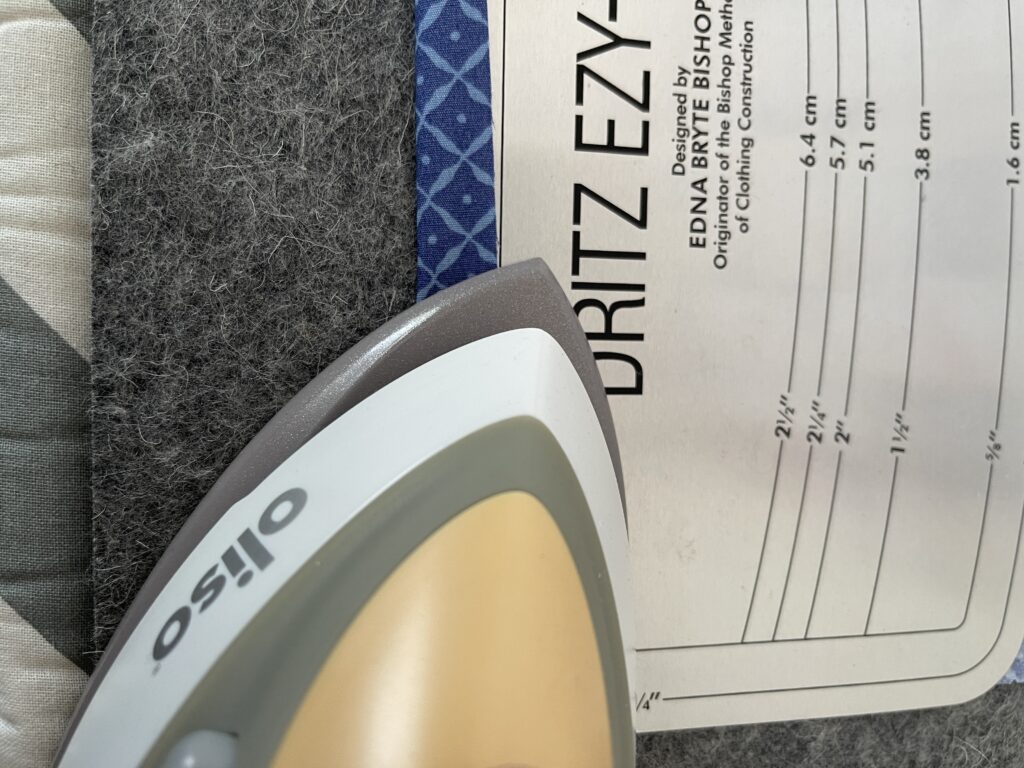
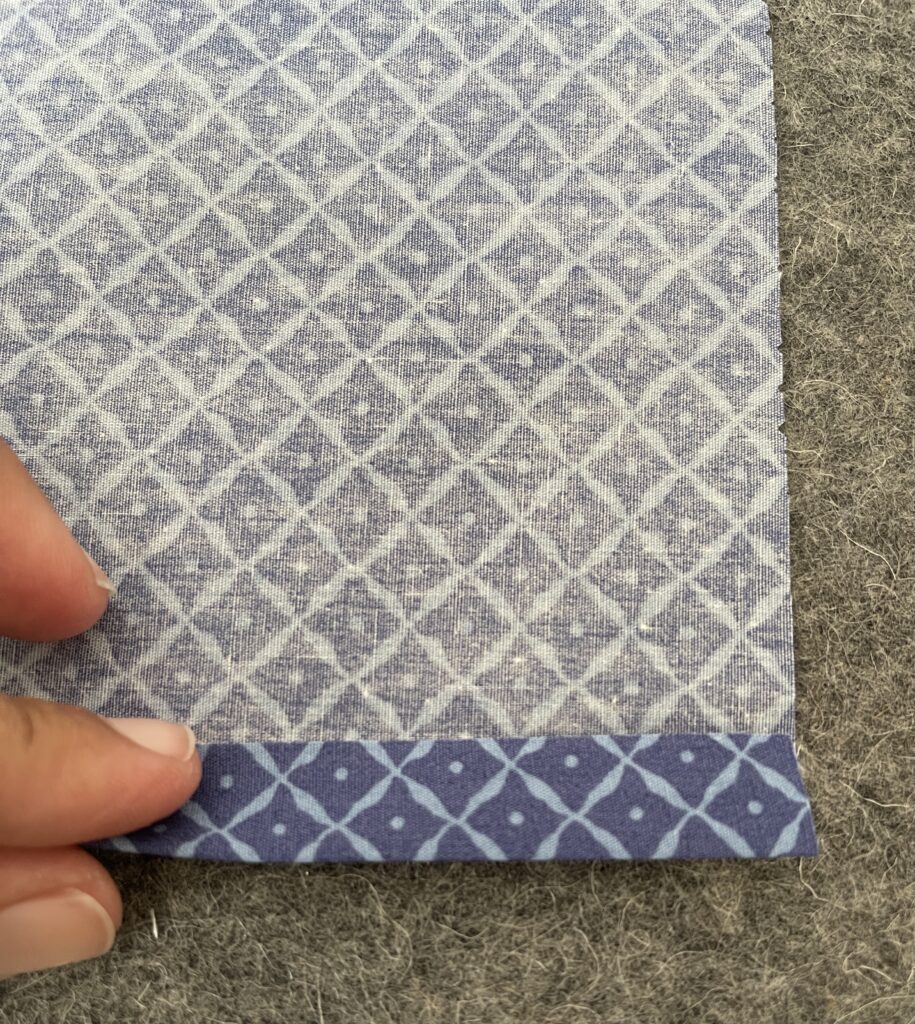

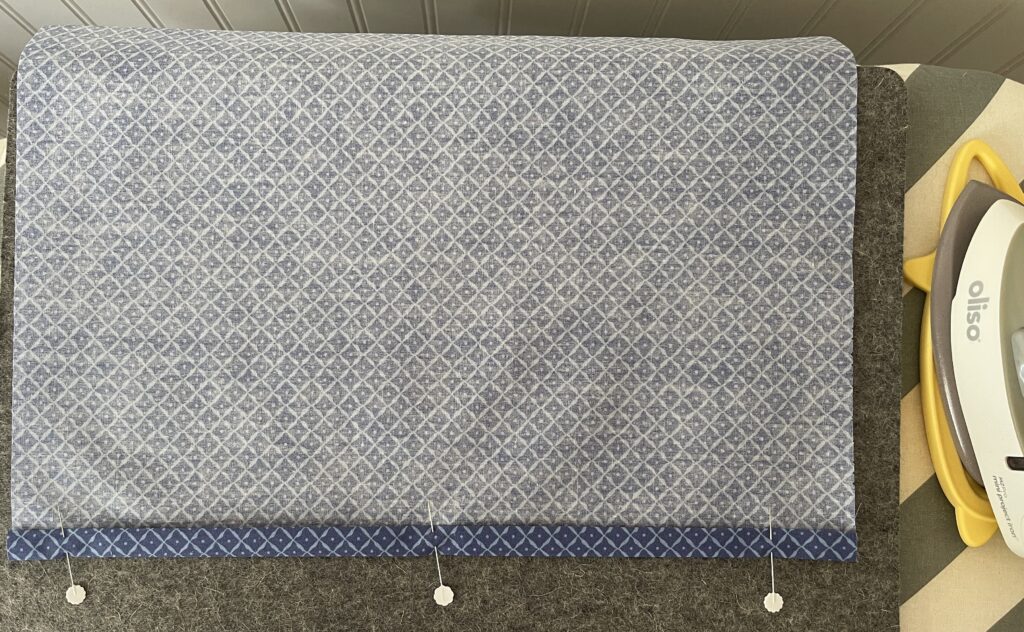
Topstitch along the fold to secure it in place. Repeat for the second backing rectangle.
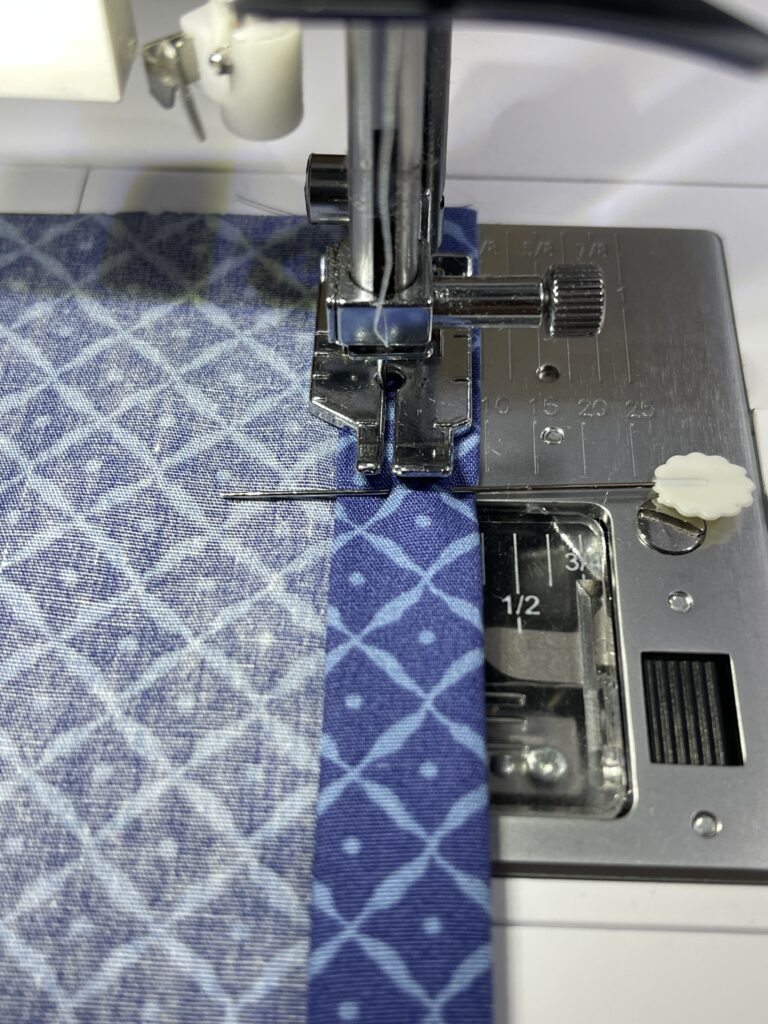
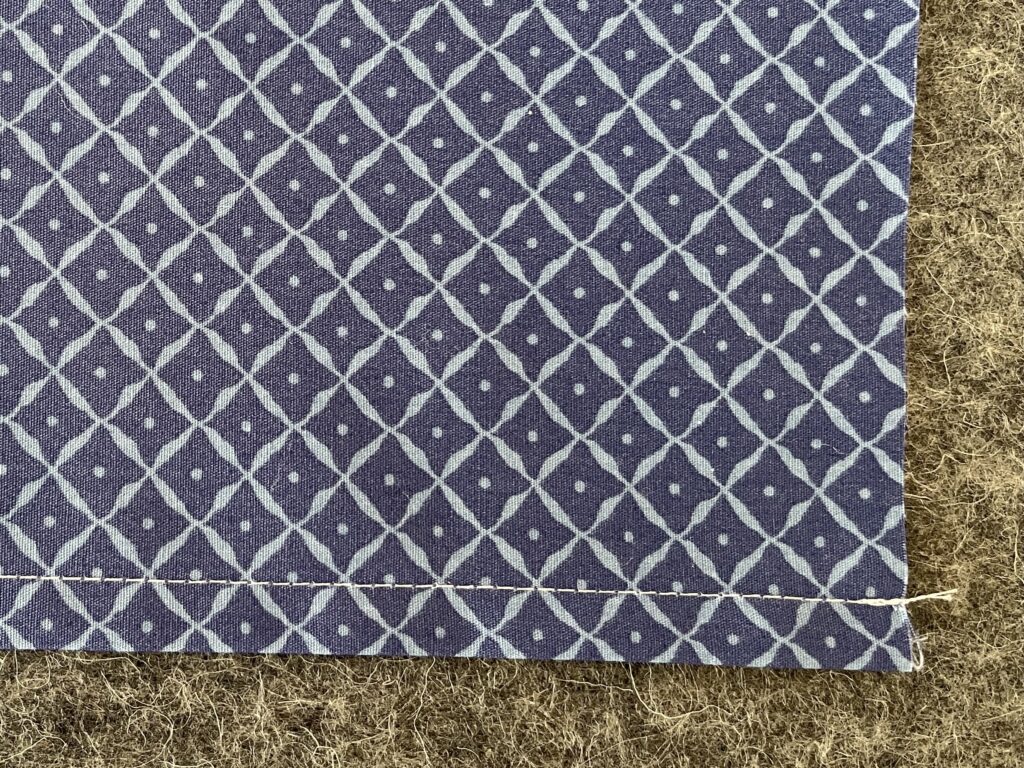
Now you have beautiful seams and no frayed edges!
Finishing your pillow-Option #1 – Sew and flip method:
- Place your trimmed quilted pillow sandwich right side up on your work surface.
- Lay panel 1 of your backing rectangle right side down, making sure the raw edges line up with the raw edges of the top of your pillow sandwich
- Then lay backing rectangle panel 2 right side down, making sure the raw edges line up with the raw edges of the bottom of your pillow front. The finished edges will overlap in the middle of the pillow (this ensures there is no gap after you insert your pillow form).
- Sew 1/4″ seam all the way around the pillow edge, reinforcing the areas where the backing overlaps on each rectangle
- Once you have sewn all the way around the pillow, carefully trim the 4 corners making sure not to cut into your seams. This helps reduce the bulk at the corners and will help your pillow corners pointy!
- Also optional, you can serge or zig-zag stitch along the edges of your pillow cover to prevent fraying.
- Reach inside through the panel opening and turn the pillow inside out. Smooth the pillow cover, making sure your seams are lying flat inside the pillow. Iron as needed.
- Your pillow is now complete!
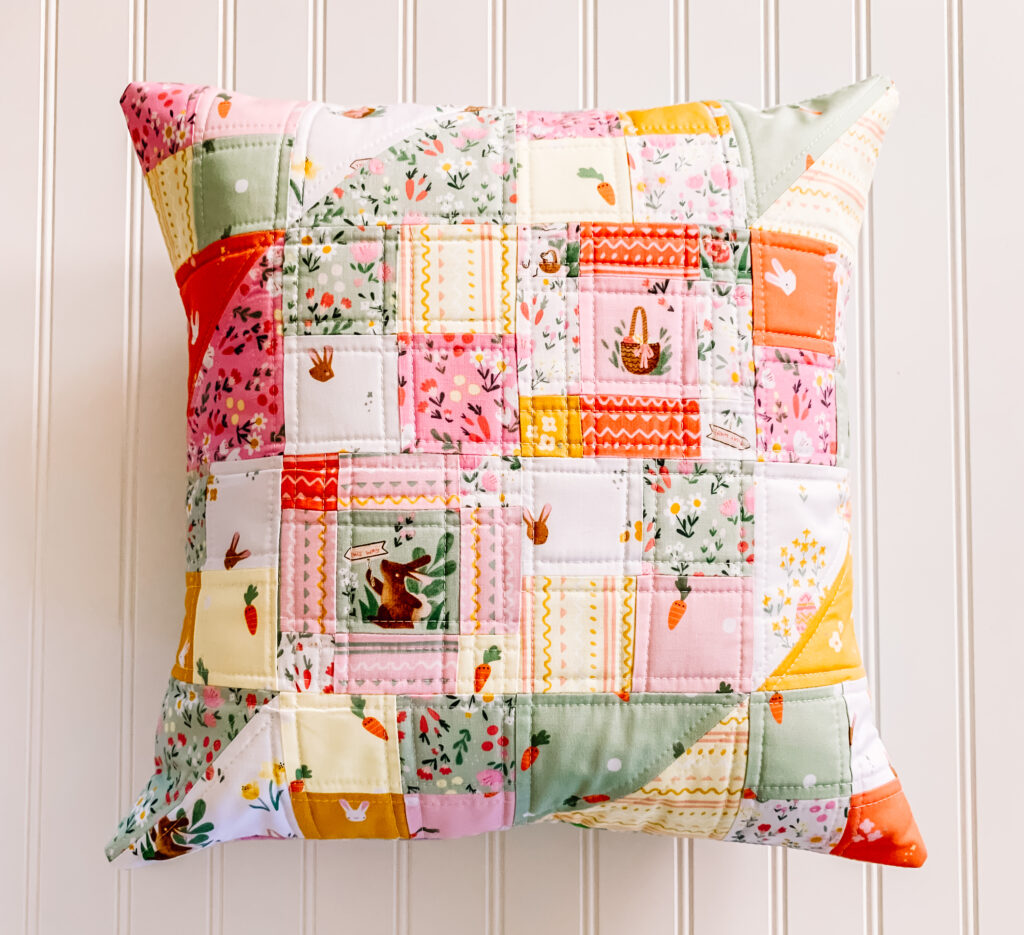
Finishing your pillow-Option #2 – Using binding on the pillow cover:
- Place your trimmed quilted pillow sandwich right side down on your work surface.
- Lay panel 1 of your backing rectangle right side up, making sure the raw edges line up with the raw edges of the bottom of your pillow sandwich
- Then lay backing rectangle panel 2 right side up, making sure the raw edges line up with the raw edges of the top of your pillow front.
- The finished edges will overlap in the middle of the pillow (this ensures there is no gap after you insert your pillow form). Pin in place!
- Using a basting stitch, baste around the entire pillow about 1/8″ from the edge. You could also serge or use a zig zag stitch along the edges. This will prevent fraying and will hold all of the layers together as you add the binding
- Choose your favorite binding method (as you would a quilt) and bind the pillow cover.
- Your pillow is now complete!

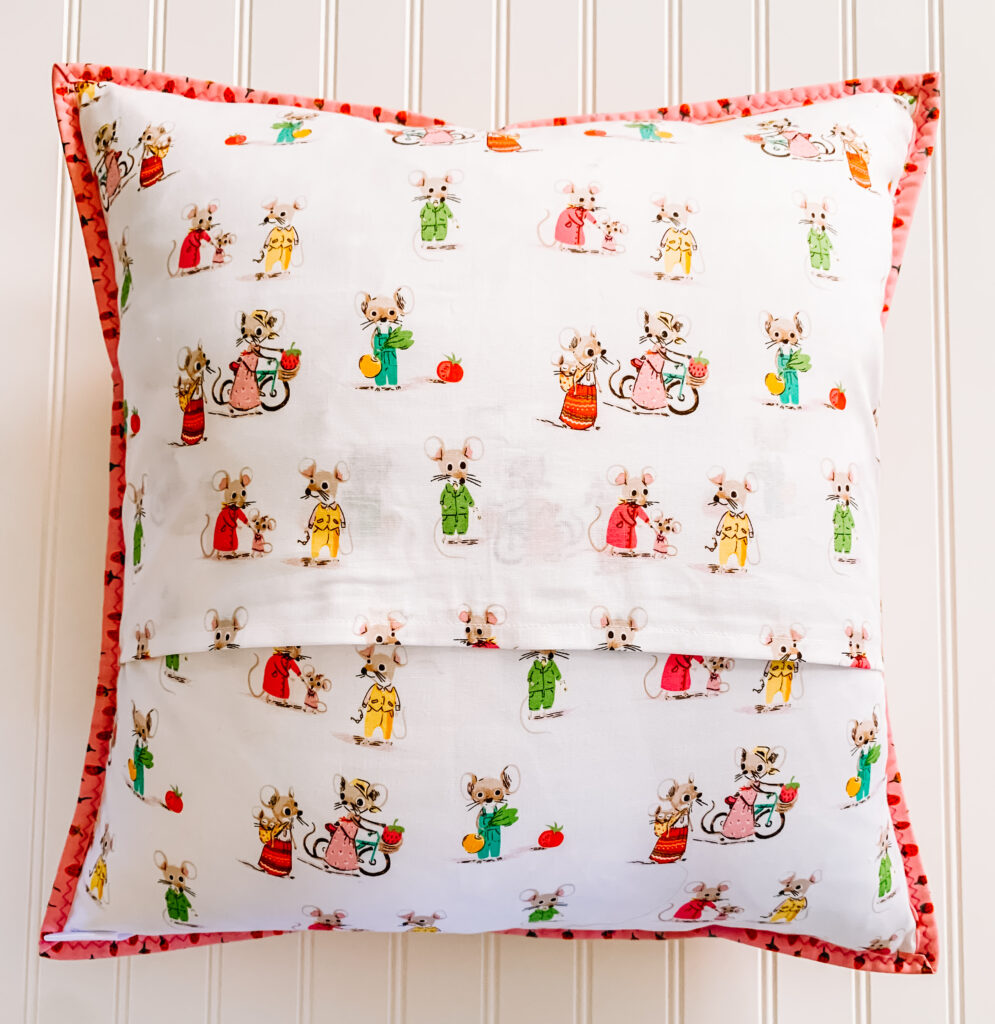
Finishing your pillow-Option #2 – Using binding on the pillow cover:
- Place your trimmed quilted pillow sandwich right side down on your work surface.
- Lay panel 1 of your backing rectangle right side up, making sure the raw edges line up with the raw edges of the bottom of your pillow sandwich
- Then lay backing rectangle panel 2 right side up, making sure the raw edges line up with the raw edges of the top of your pillow front.
- The finished edges will overlap in the middle of the pillow (this ensures there is no gap after you insert your pillow form). Pin in place!
- Using a basting stitch, baste around the entire pillow about 1/8″ from the edge. You could also serge or use a zig zag stitch along the edges. This will prevent fraying and will hold all of the layers together as you add the binding
- Choose your favorite binding method (as you would a quilt) and bind the pillow cover.
- Your pillow is now complete!
How do you like to finish your quilted pillows? What’s your favorite method? Drop me a comment and let me know!
Affiliate Disclosure Policy: This website uses affiliate links, and I may earn a small commission if you purchase through these links. Please note that I’ve linked to these products purely because I recommend them and they are from companies I trust. There is no additional cost to you.

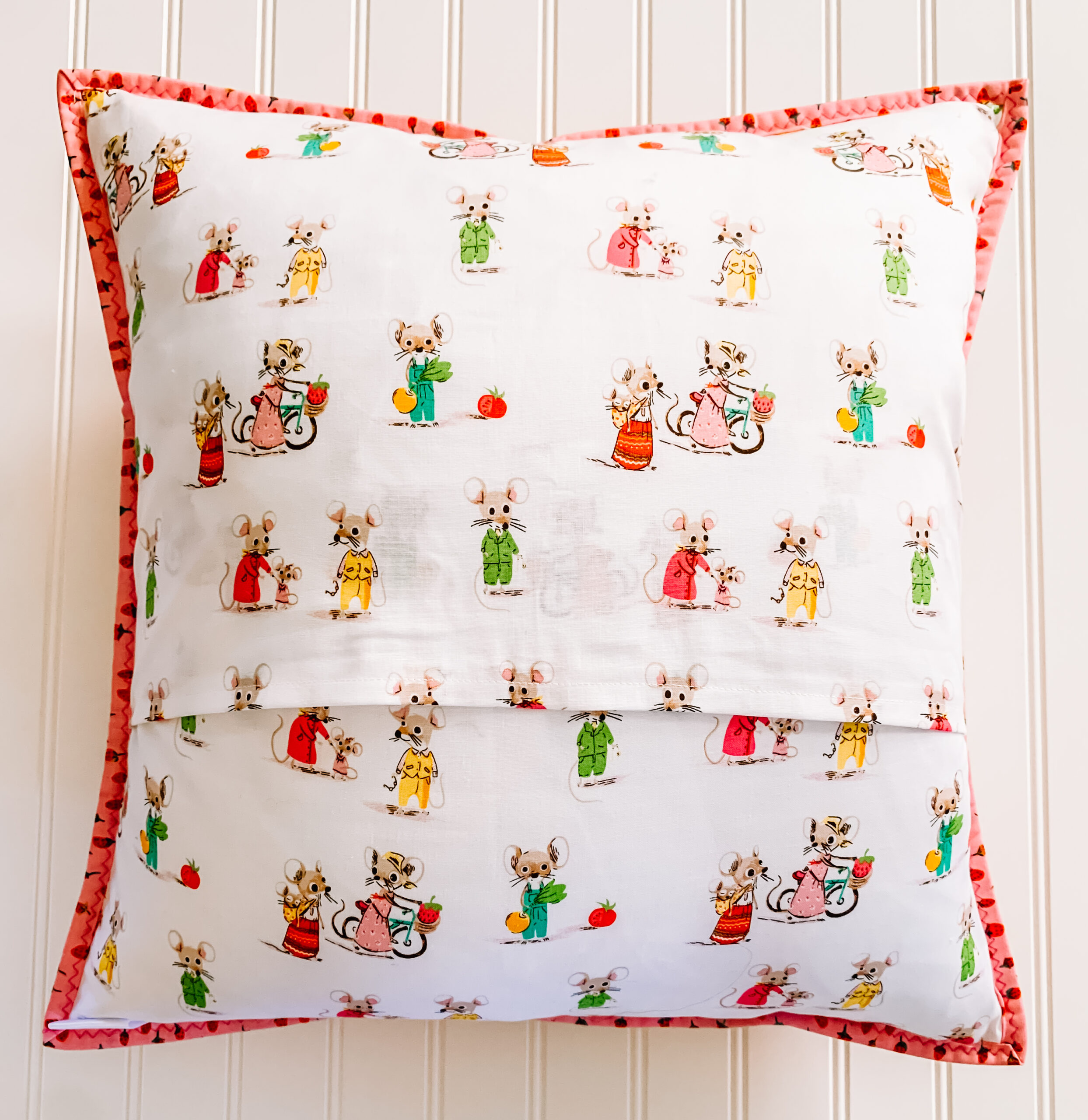

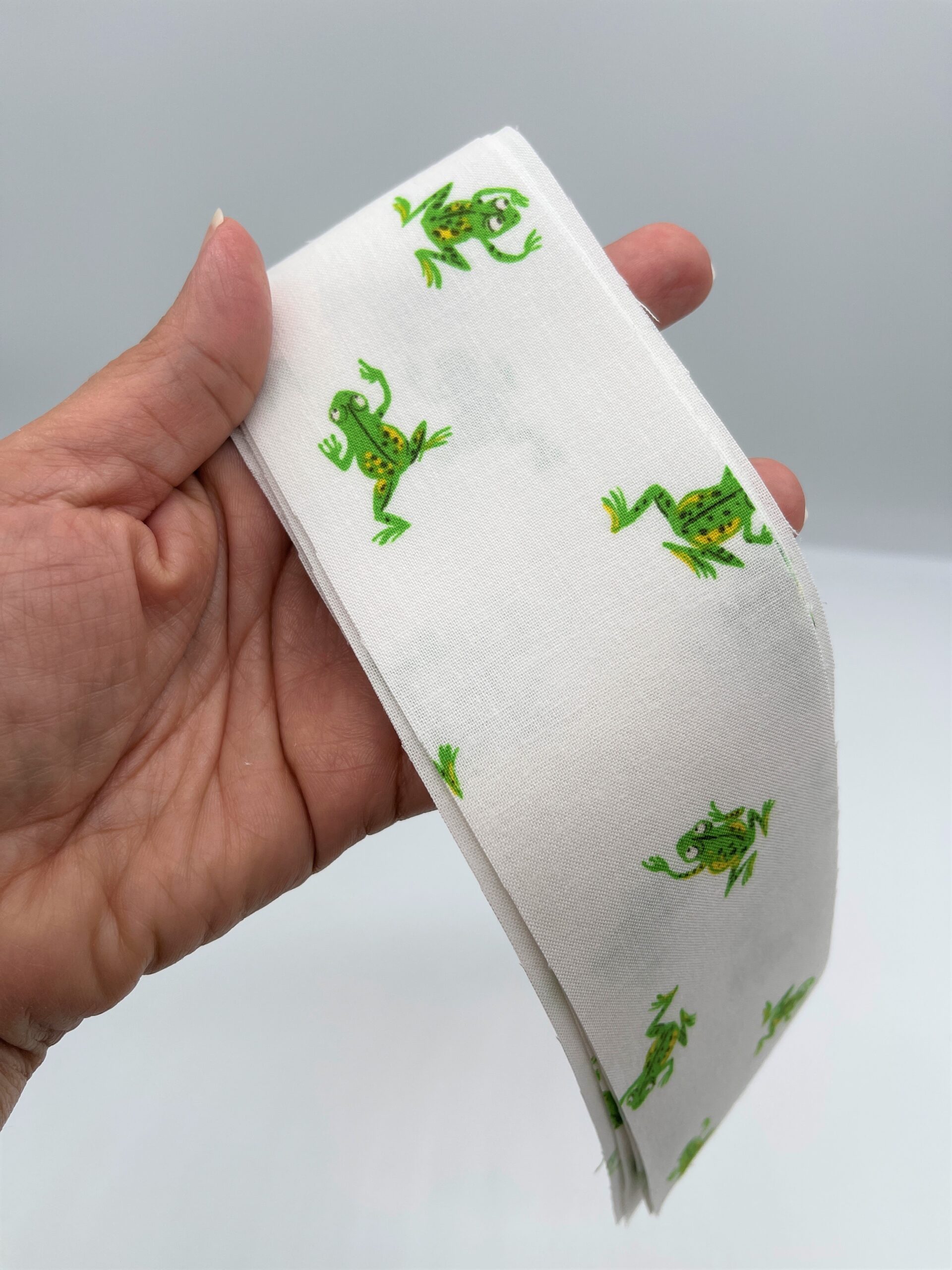
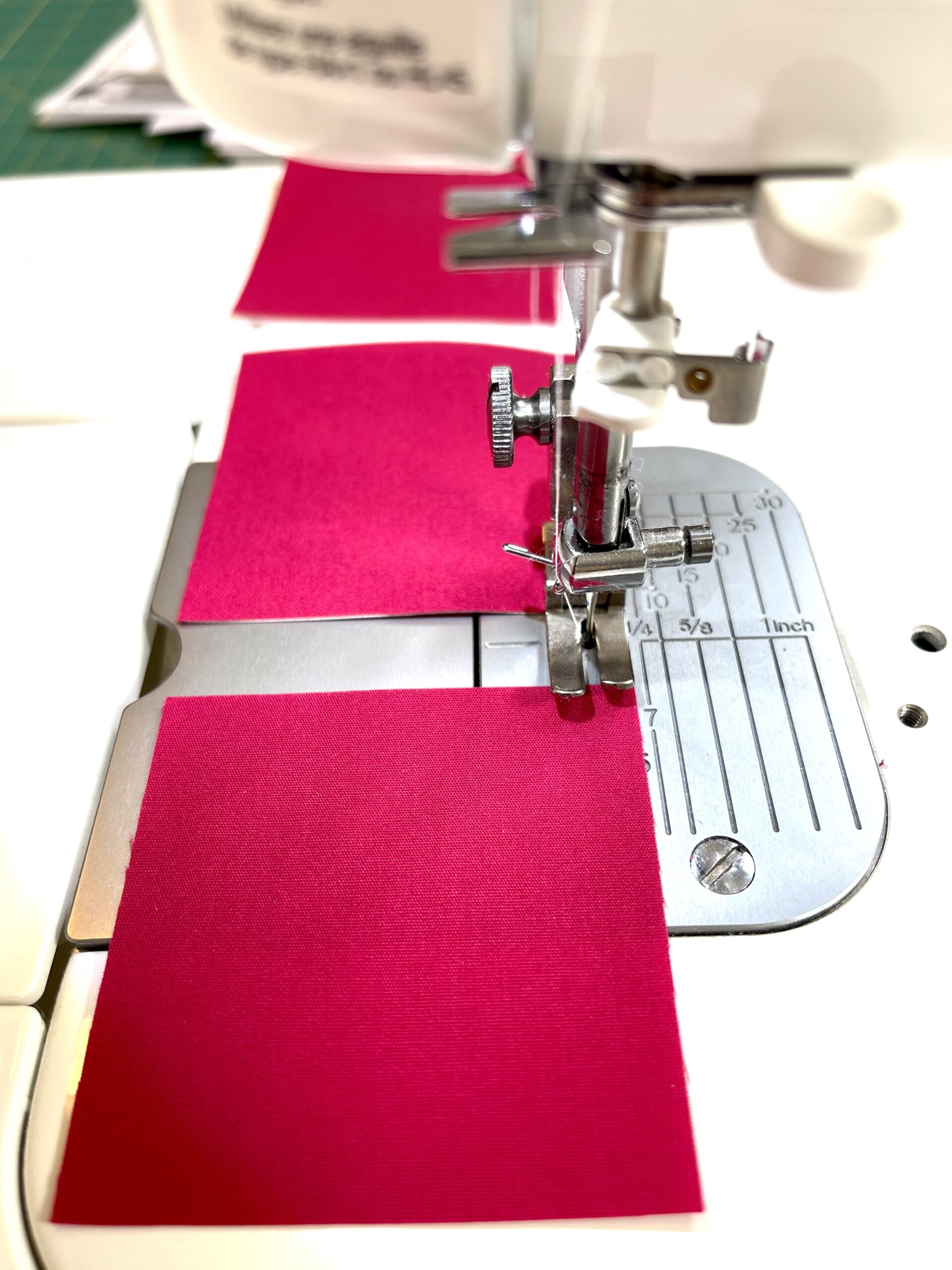

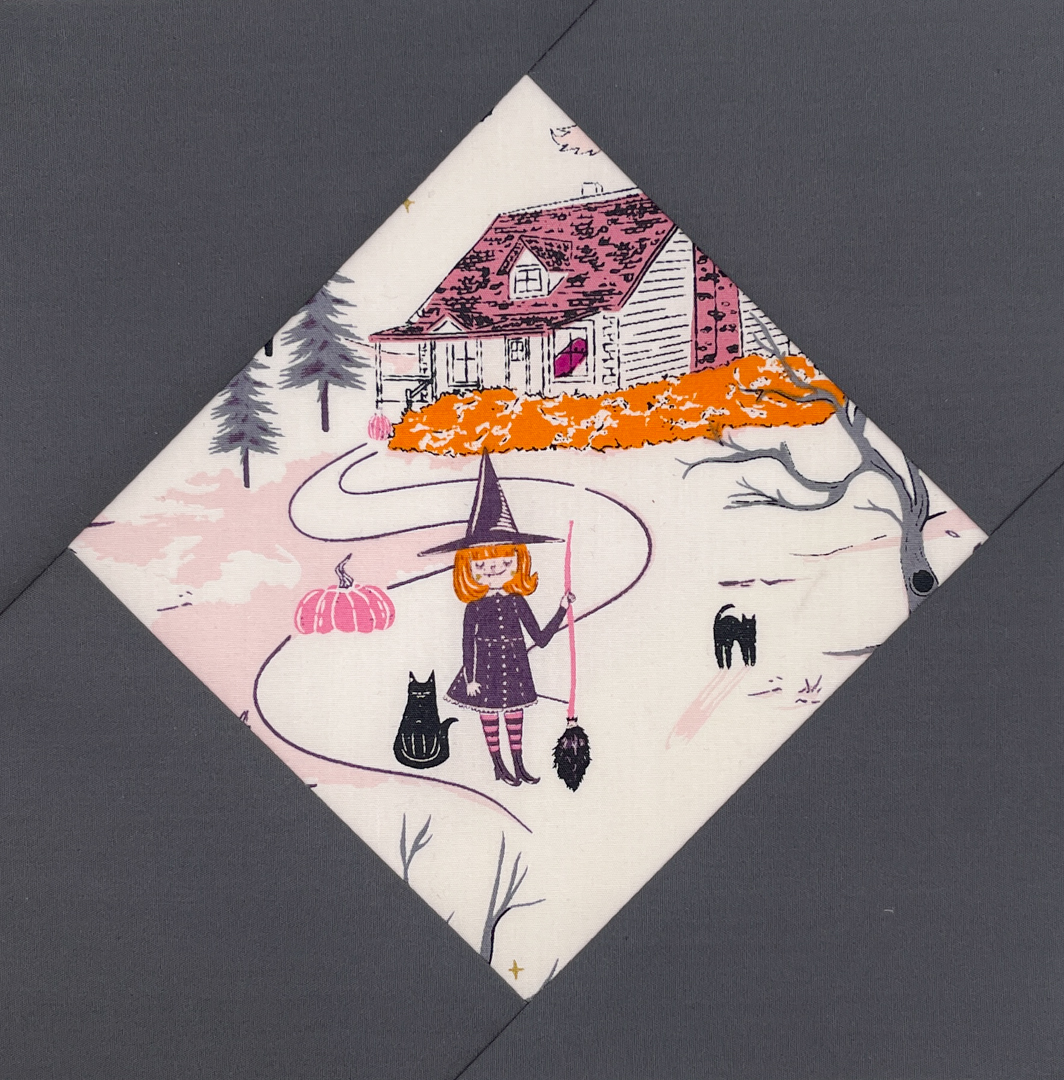
[…] One of the reasons I love making block based patterns is that they make the pattern so versatile! My Shortbread Bites Quilt Pattern has instructions to create a single block that you can make into a pillow, wall hanging or table runner! Look at this adorable matching pillow I made with my Pixie Noel 2 Collection by Tasha Noel for Riley Blake Designs with Shannon Fabrics Luxe Cuddle® Embossed Snowflake in Saltwater for the envelope backing! The pattern includes cutting and assembly instructions on how to make a pillow but if you need additional help on making an envelope backing, check out my blog article HERE. […]
[…] finished up my pillow with a quick envelope pillow back and some adorable binding as the perfect final […]
I have trouble ironing seams. Nesting is opposite,I get that. Putting rows together they sometimes are all over the place. Is there a rule of thumb. Loving your site for me!
It’s really a matter of choice. Some press to one side (darker side) but there are many times that I like to press open when I have thicker areas. I find that my seams lie flatter. As you mentioned, if you are nesting, you want to have them to one side. No rules, just use what works best for you! Good luck!